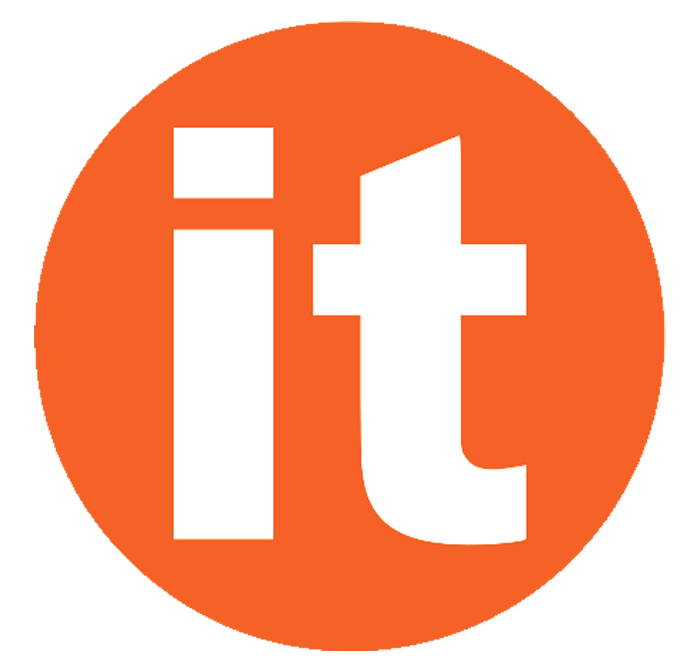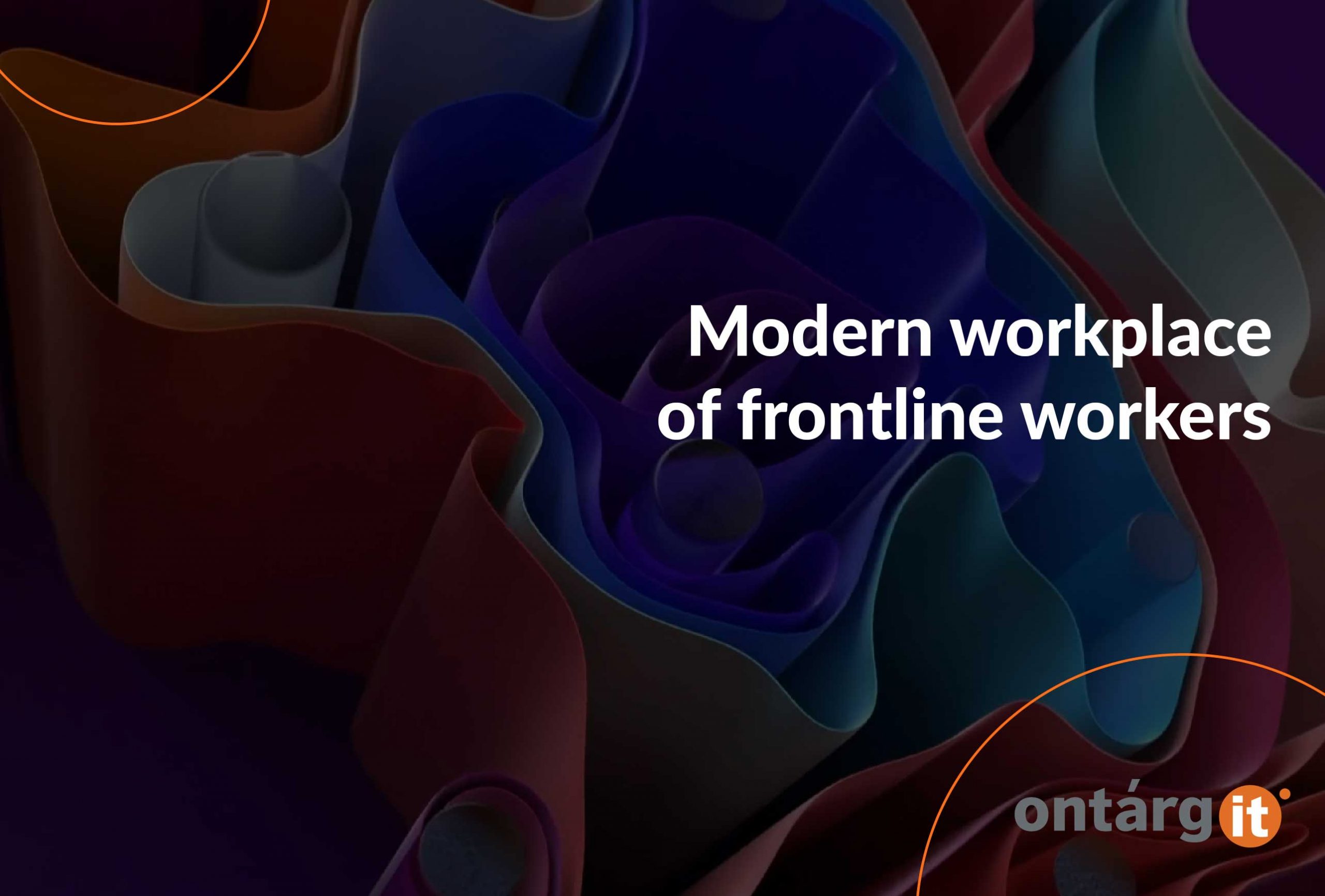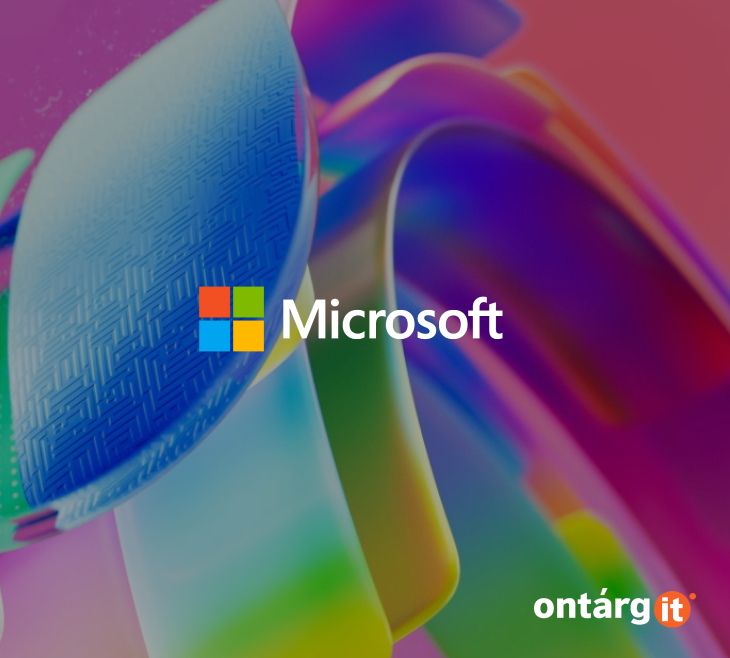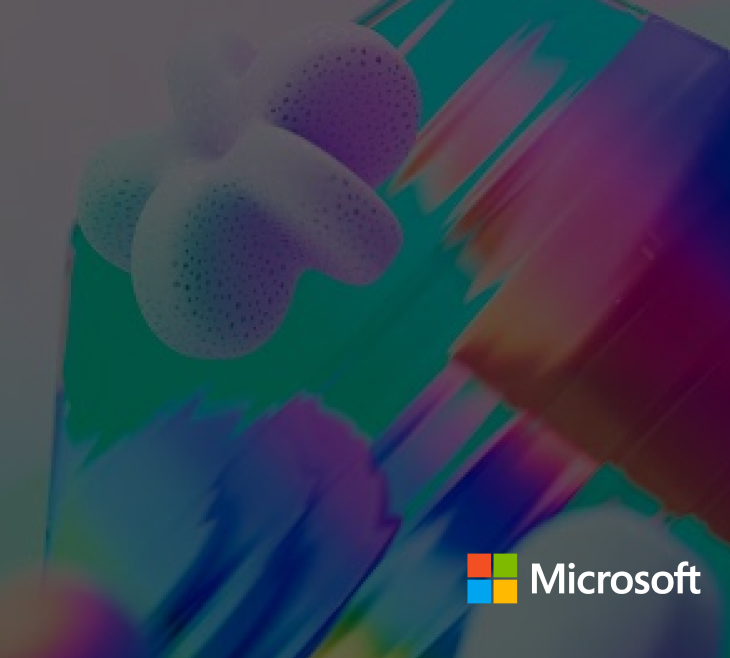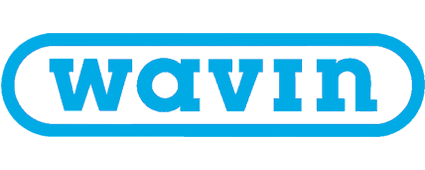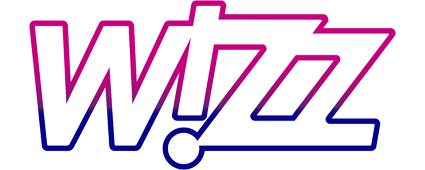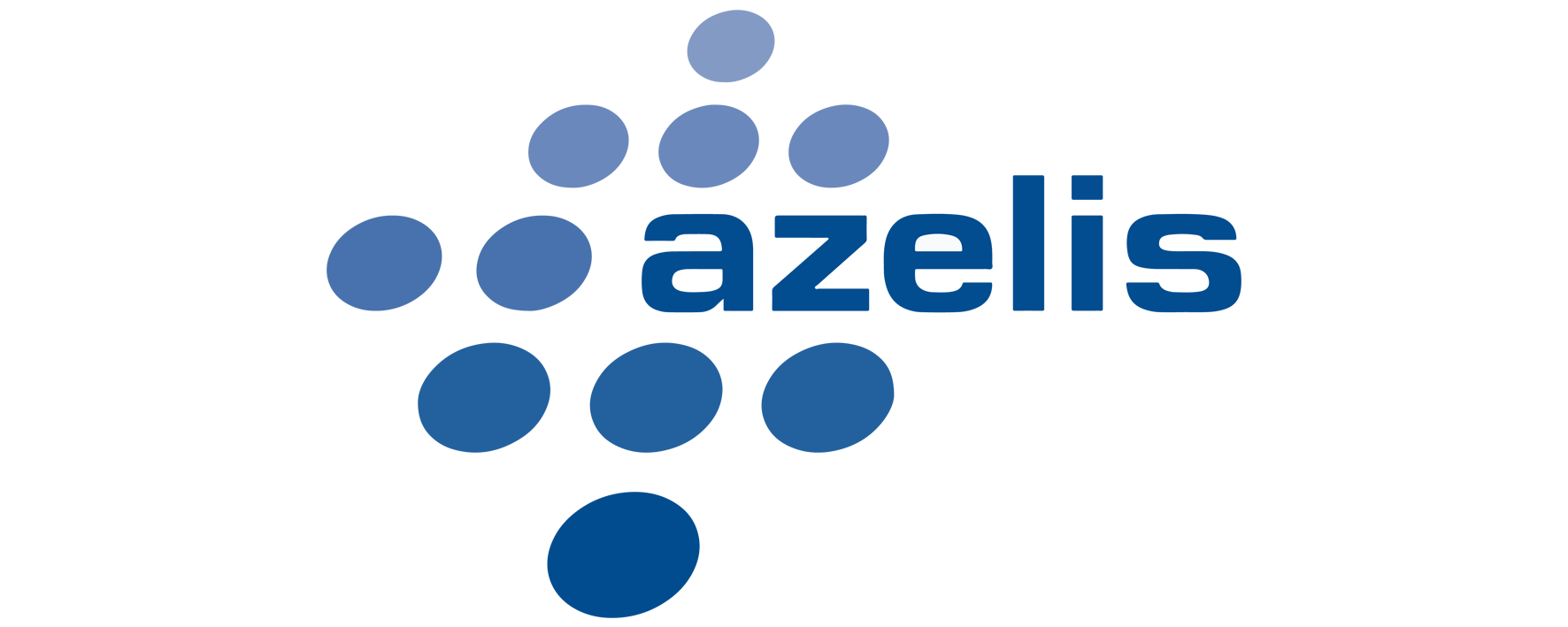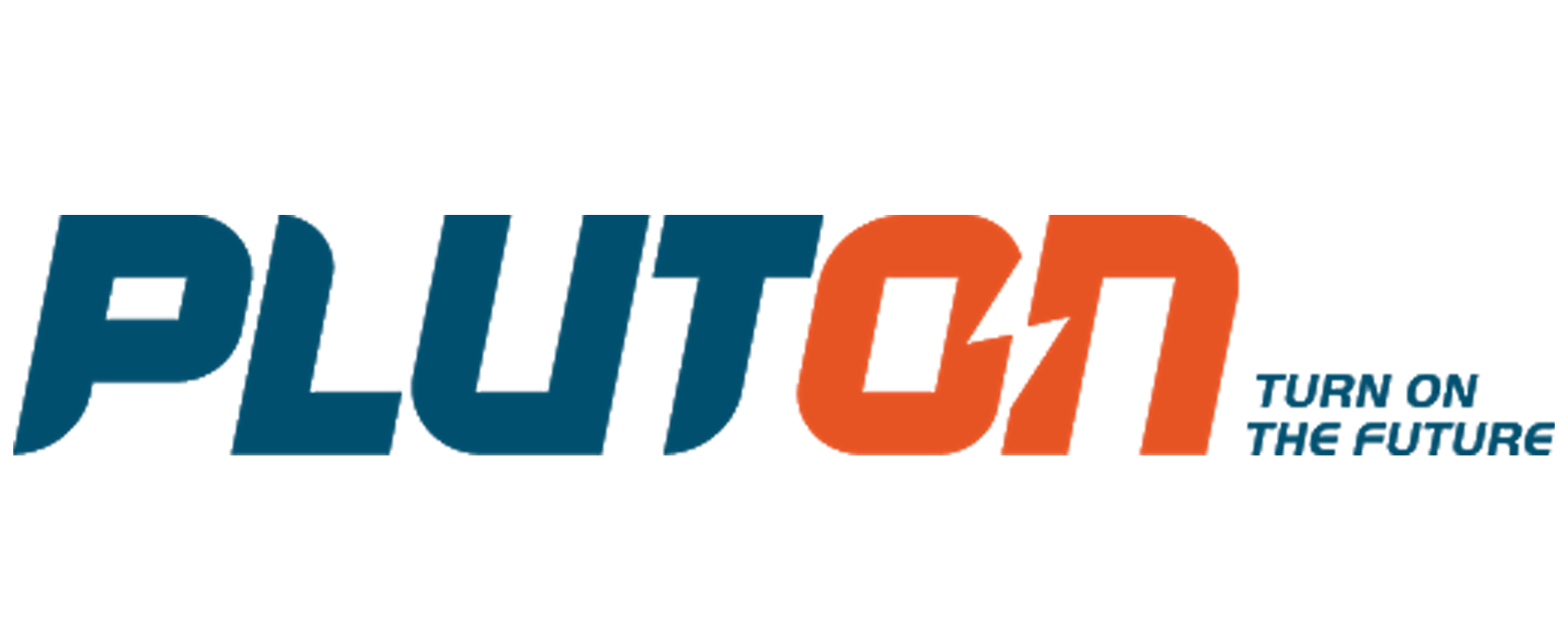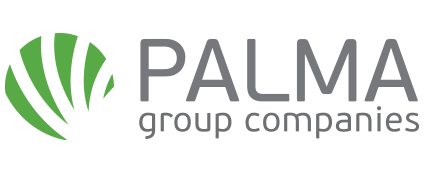At Microsoft Envision was presented a modern view on the workplace for frontline workers. To prepare for a new, post-pandemic reality, businesses must give all employees access to communications, collaboration, and other software and services from anywhere, anytime, and on any device.
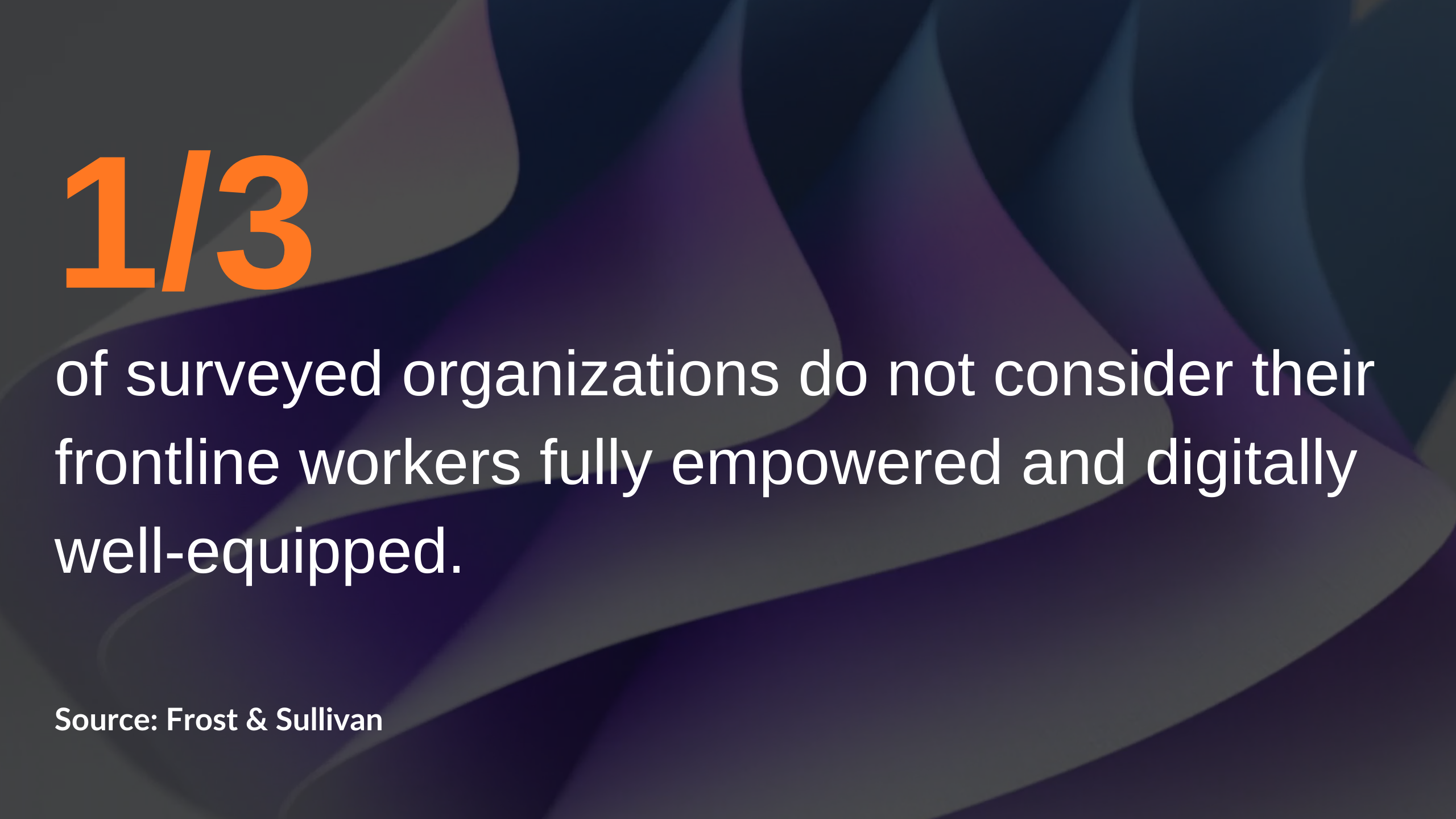
Today, many business leaders have a new understanding of the importance of keeping frontline workers productive, safe, and well connected to the rest of the workforce. Empowering frontline workers with the right technology tools will be a top priority and a key part of business transformation programs among forward-thinking organizations around the world for the next several years.
Expanding resources and technology
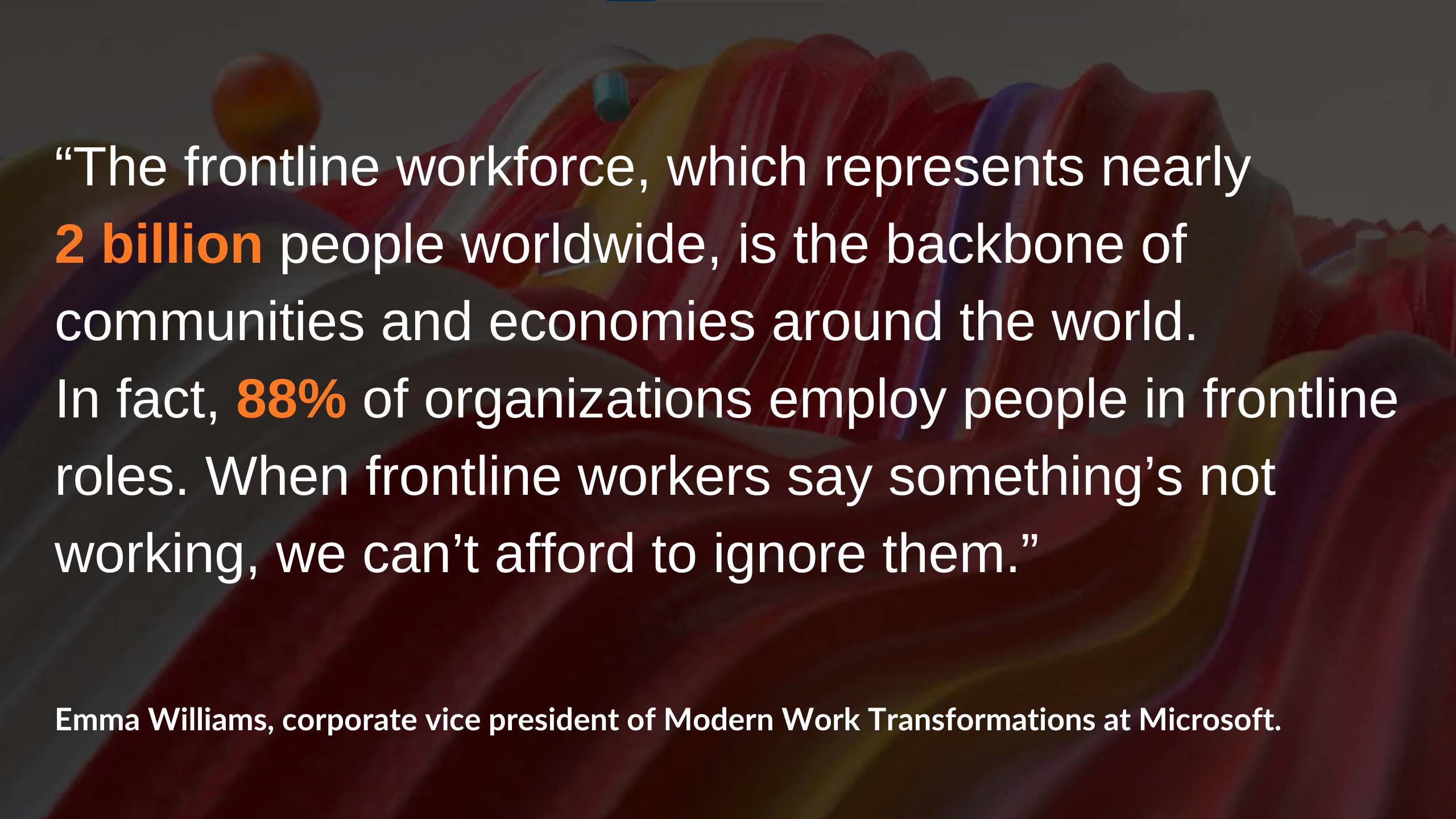
Few technology developers and service providers have launched robust solutions or strategies for frontline workers. Microsoft stands out with its well articulated vision and tailored packages for frontline workers in different industries.
Technology advancements presented on Microsoft Envision—including the rise of cloud meeting, messaging, and calling services, APIs, and programmability—are enabling organizations and their technology partners to more effectively empower both office and frontline workers.
With Microsoft Dynamics 365 acting as a repository of critical business data, manufacturers can leverage connectors to unify data, break down silos and improve data visibility for the people who need it. Manufacturers can even create a “digital twin” of their manufacturing lines, representing them identically but in virtual form. This enables global manufacturers to gain visibility and insights into factory floors everywhere at a moment’s notice. For manufacturing workers, this means greater insights into the manufacturing process through digital dashboards and even virtual experiences through Microsoft HoloLens, and improved collaboration by integrating Dynamics with Microsoft Teams.
Also, Microsoft is updating the Viva Connections app in Microsoft Teams. Viva Connections can play a role in bridging the culture and communication gap, allowing leaders to share messages, updates, recognition and kudos – a consistent sense of culture that’s appropriate for the entire workforce. It also enables frontline workers to share feedback with leadership, creating a critical two-way information flow.
Sources:
